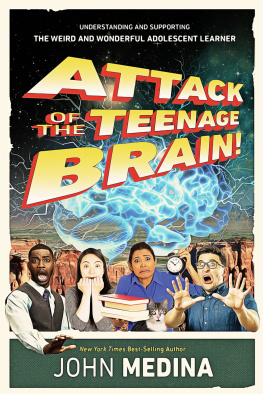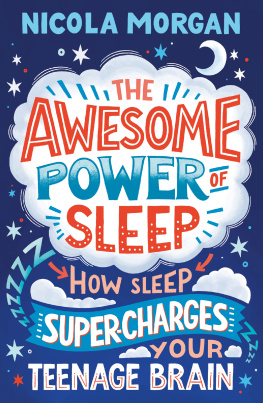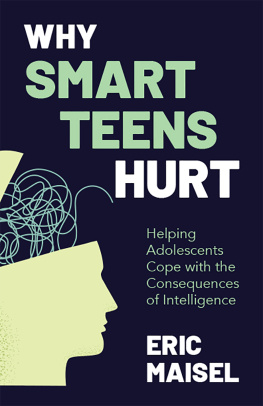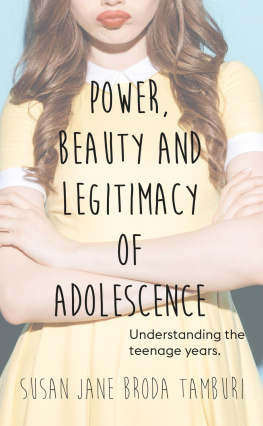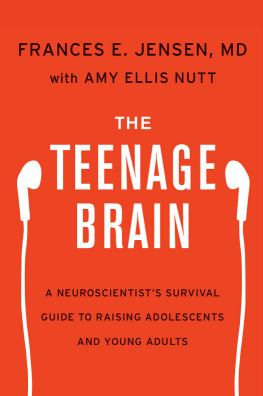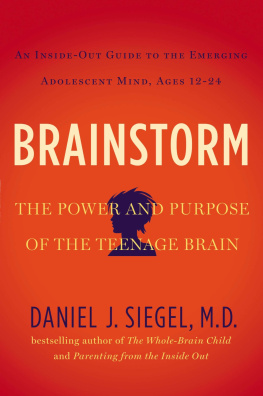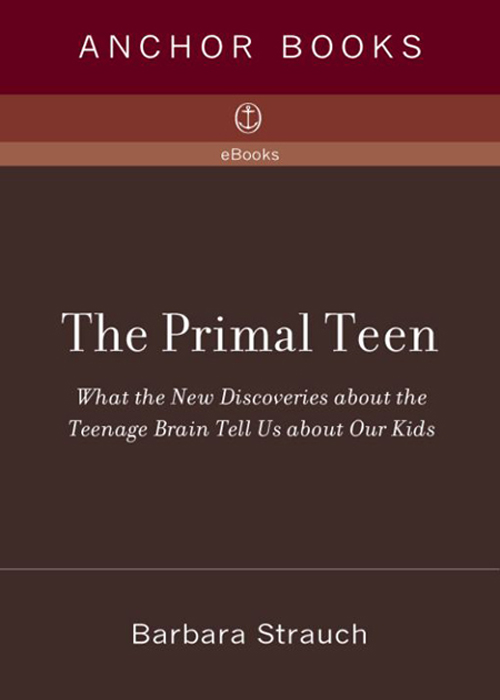

Table of Contents
To my familyespecially the teenagers
Acclaim for Barbara Strauchs THE PRIMAL TEEN
Upends the longstanding belief that the teenage brain is largely complete, concluding instead that it is undergoing dramatic changes that can help explain what appears to be a gap between intelligence and judgment.
The Hartford Courant
This is such a smart book.... Barbara Strauch acts as a world-class guide to a mysterious place, taking us on a journey through the teenage brain and making sense of the scenery. In turns funny, curious, explanatory, vivid, she does an absolutely compelling job of helping us to understand our childrenand ourselves.
Deborah Blum,
author of Love at Goon Park:
Harry Harlow and the Science of A fection
Through interviews with parents, physicians, neuroscientists, and teens, Strauch has compiled impressive insights about the nature of being a teen or the parent of one.
Science News
Entertaining as well as informative.
Teacher magazine
An intriguing look at cutting-edge studies that now tell us the brain is not finished growing in a childs early years but continues into the teens.
\The Plain Dealer
Can knowing more about the teenagers brain help us to understand the teenagers behavior? Can an account of the neuroscience of adolescence be lively and readable? Barbara Strauch provides convincing evidence that the answer to both questions is yes.
Judith Rich Harris, author of The Nurture Assumption:Why Children Turn Out the Way They Do
Readers will be struck by the wonderfully candid comments by those interviewed as well as Strauchs insightful narrative.
Publishers Weekly
Strauchs well-researched book explains studies that were impossible without such advanced technology as the MRI in clear, compassionate, laypersons language.... A parents must-read.
Booklist

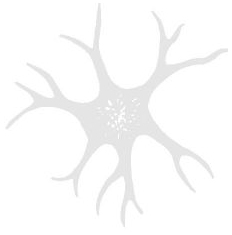
ACKNOWLEDGMENTS
THIS BOOK would not have happened without a great deal of help and support and Im happy to have the chance to say thank-you.
Im indebted to the many scientists who shared their work and ideas, in particular Jay Giedd of the National Institutes of Health, Charles Nelson at the University of Minnesota, and Paul Thompson and Elizabeth Sowell at UCLA. Others took extra time to provide information and answer my continuing stream of questions, including John Mazziotta at UCLA, Steve Suomi at the National Institutes of Health, Linda Spear at the State University of New York in Binghamton, Francine Benes at McLean Hospital, Marian Diamond at UC Berkeley, David Lewis at the University of Pittsburgh, Patricia Goldman-Rakic at Yale, Marc Breedlove at Michigan State University,William Greenough at the University of Illinois, Elizabeth Cauffman at the University of Pittsburgh, Ted Slotkin at Duke University, and Jill Becker at the University of Michigan.
I am especially grateful to the dozens of teenagers, friends, and parents who generously shared their most intimate storiesboth good and badwith me. Jessica Kovler, Jan Weiss, and Elizabeth Molloy made sure I spoke to as many teenagers as I could. The stories are all true, but in some cases, names have been changed to protect identities.
A number of people graciously read the manuscriptand improved it, including Robin Marx, Karen Pennar, and Barbara Pedley. My friends were kind enough to put up with me while I obsessed on brains, and I got invaluable support and guidance, in particular, from Connie Rosenblum and Jack Schwartz.
I would never have started the book without the early encouragement of Doreen Carvajal and Sandy Blakeslee. It would never have happened without the talents of my agent, Katinka Matson.
I could never have finished the project without the research help provided by Valerie Chris Goelitz or the focused editing of my editor at Doubleday, Roger Scholl, as well as the help from his assistant Sarah Rainone.
Id also like to thank the entire science department of the NewYork Times, in particular Denise Grady, Gina Kolata, and Erica Goode, as well as Cory Dean, the science editor who graciously agreed to give me time off so I could do research.
Last, Id like to thank my family for their unwavering patience and understanding. My husband Richard, an editor himself, read and edited the manuscript before I would let anyone else see itand made me keep working when I didnt want to. My parents, Fred and Claire Strauch, were with me, one way or another, the whole way, as were Ron, Faye, Rowenna, and Nellie.
And most important, Id like to thank my own two teenagers, Hayley and Meryl, who could not have been more wonderful. They not only shared their thoughts and feelings with me, but they put up with the many days and nights when their mother was behind a closed doorwriting about their developing adolescent brains.
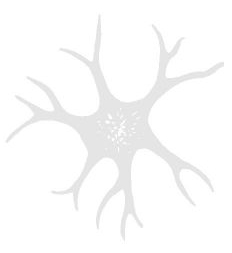
INTRODUCTION
I MUST SAY, Id never given much thought to the brains of teenagers. Even as the mother of two teenagers, brains were not the first thing I thought of when trying to figure out why they did what they did. It was hormones; it was friends; it was my fault; it was the summer wind. Brains?
As a science editor, I also knew the official party line about adolescent brains. As far as critical development went, teenage brains were pretty much done, wired up, three pounds of sparkling, charged-up brain cells, just hanging there, ready and waiting for all that Chaucer, all that calculus, all that wise parental caution to pour in.
But not long ago, I began to hear reports from a small group of neuroscientists who had started to look inside the living, working teenage brain, trying to see if they could, in fact, figure out what makes teenagers do what they do.
Their studies had arcane titles: In Vivo Evidence for Post-Adolescent Brain Maturation in Frontal and Striatal Regions. Structural Maturation of Neural Pathways in Adolescents.
But behind those dry titles was an intriguing story. What are these neuroscientists finding in those teenage brains after all? Could they take us somewhere weve never been? Could they help us figure out what makes a teenager such a delightful and perplexing pain in the neck?
With adolescence blooming all around me at home, I decided to go find out. I crossed the countryat times with my own two teenagers in towtalking to dozens of neuroscientists and scores of adolescents, trying to figure out what one had to do with the other, if anything. I talked with teenagers on their way to Harvard and teenagers who shot heroin. I talked with parents who wondered what all the fuss was over adolescence and parents whod been tempted, with a degree of justification, to throw their teenager off a small building. I talked with neuroscientists who peer inside human teenage brains, scientists who spend their days with teenage monkeys, and scientists who slice up the brains of adolescent lab rats.
Next page

